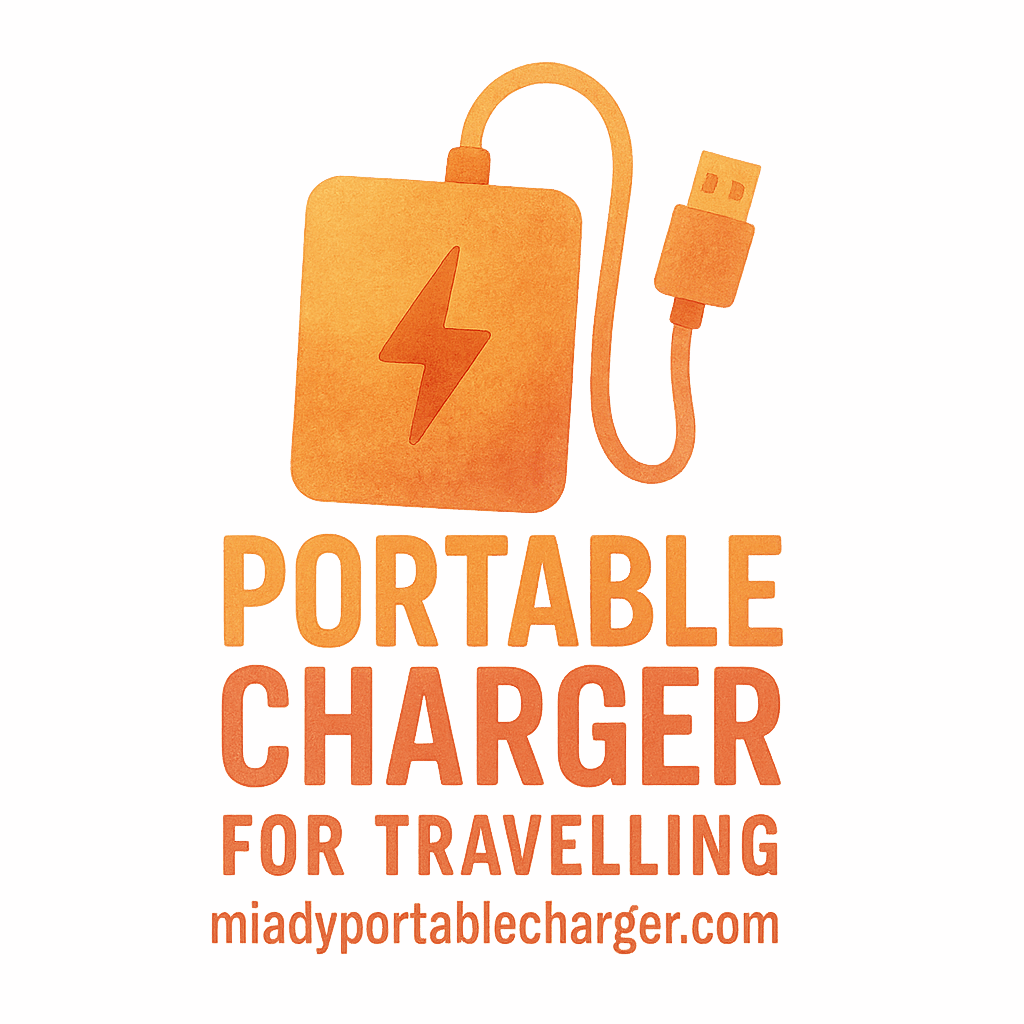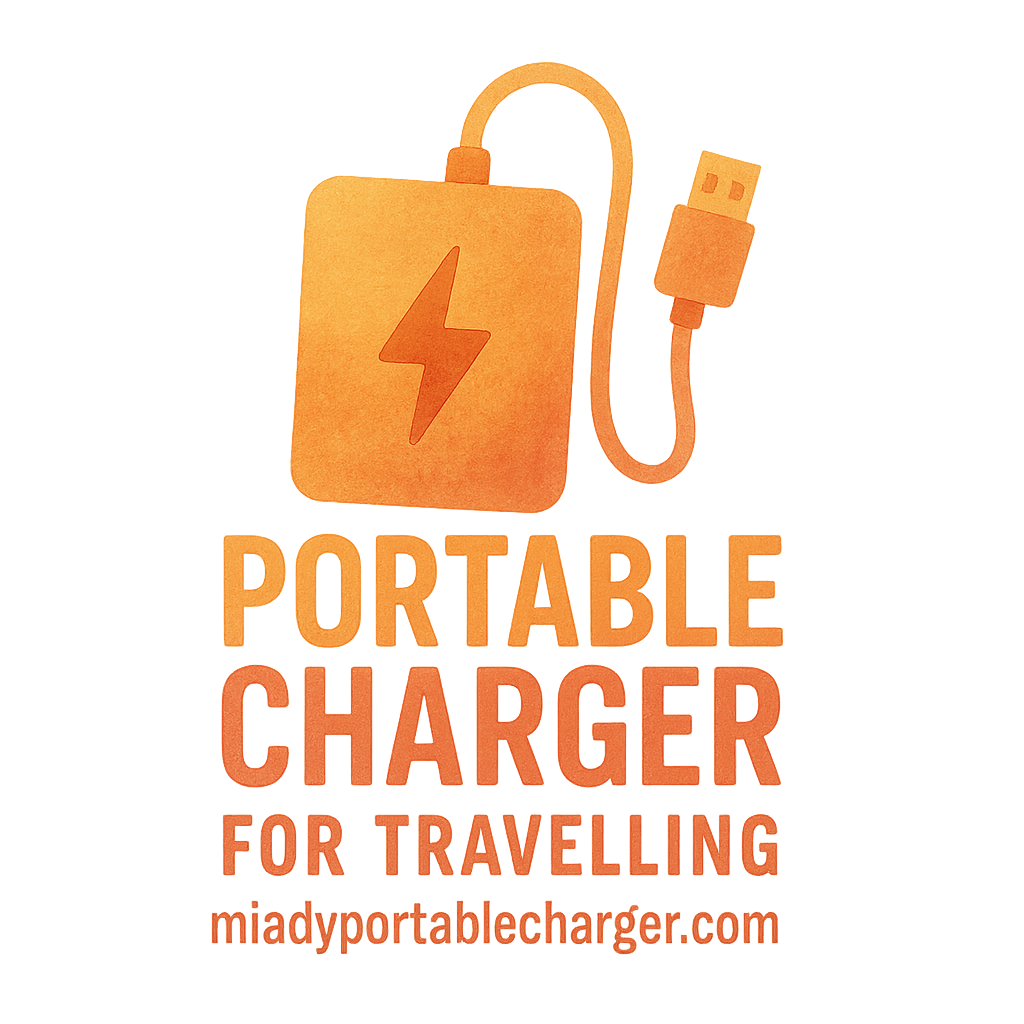What is a Portable Charger Power Rating?
When you’re traveling, having a portable charger can be a lifesaver. But how do you know which charger is right for your needs? The power rating of a portable charger is the key factor here. Essentially, the power rating indicates how much energy the charger can store and provide to your devices.
The higher the rating, the more power it can deliver, and the more devices you can charge. However, understanding these power ratings can be tricky, especially when you’re planning for a long trip where reliable charging is a must.
In this article, we’ll break down the eight most common portable charger power ratings, explain what each one means, and help you choose the right one for your travel needs.
Understanding Watt-Hours (Wh) and Milliamp Hours (mAh)
Before we dive into the power ratings themselves, it’s important to understand the two primary units used to measure portable charger power:
- Milliamp Hours (mAh): This is the most common metric you’ll see. It measures the total charge a battery can hold. For example, a 10,000 mAh charger can theoretically charge a 1,000 mAh device 10 times before running out of juice.
- Watt-Hours (Wh): This is another measurement that accounts for both the charger’s voltage and its capacity. If you want a more accurate measurement of how long a charger can power your device, Wh is usually the better metric.
Both units essentially describe the same thing—how much energy is stored in the battery—but using both allows for a more detailed understanding of a charger’s capacity.
How to Choose the Right Power Rating for Your Devices
Selecting the right charger depends on several factors. Here are a few tips to help guide you:
- Device Power Needs: Does your phone or tablet have a large battery? A higher mAh rating will be necessary.
- Travel Duration: For long trips or off-the-grid adventures, higher capacity chargers are best.
- Portability: Larger chargers with higher power ratings are heavier, so consider how much weight you’re willing to carry.
- Charging Speed: Some chargers offer fast-charging technology, which can be helpful if you’re in a rush.
The 8 Power Ratings Explained
Now let’s take a closer look at the different power ratings you might encounter when shopping for portable chargers.
1. Low Capacity (1,000–3,000 mAh)
Low-capacity portable chargers are perfect for quick, small devices like wireless earbuds, fitness trackers, or a basic smartphone charge. They’re compact and lightweight, making them ideal for short trips or when you don’t need to charge multiple devices. If you’re interested in a quick charging guide, check out our charging tips for more details.
2. Medium Capacity (3,000–5,000 mAh)
Chargers in this range are suitable for charging smartphones, small tablets, or other compact electronics. They can provide enough power for a full charge or two, making them perfect for day trips or when you need a reliable backup for your phone. Looking for some suggestions? Check out our buying guide to make an informed choice.
3. Large Capacity (5,000–10,000 mAh)
A 5,000–10,000 mAh charger is a good middle ground. It’s large enough to charge smartphones multiple times or to charge tablets and e-readers. These are ideal for longer trips, especially if you plan to charge your devices several times per day. For more insights, head over to our product reviews page.
4. High Capacity (10,000–20,000 mAh)
When you’re traveling for extended periods or using larger devices, high-capacity chargers (10,000–20,000 mAh) are the way to go. They can power smartphones, tablets, and even some laptops, making them an essential item for long-haul travel or outdoor adventures where access to power outlets is limited. Want to know how to find the best charger for your adventures? Explore adventure travel.

5. Ultra High Capacity (20,000 mAh and above)
Ultra-high-capacity chargers are for serious travelers who need to power multiple devices simultaneously or charge a laptop. These chargers can last several days without needing to be recharged, making them perfect for those long outdoor trips or international travel where you may not have access to a reliable power source. Check out our travel essentials for the best recommendations.
6. Special Features: Quick Charge vs. Standard Charging
One of the most useful features in modern portable chargers is Quick Charge technology. Quick Charge allows your devices to charge faster than standard charging. It’s especially useful when you’re on the go and don’t have hours to wait for your phone to charge.
Quick Charge is compatible with certain devices, such as newer Android smartphones, so if you have a device that supports it, it’s worth considering a charger that features this technology. Want to learn more? Head to our charging tips for more detailed advice.
7. USB-C and PD Power Ratings
USB-C is becoming the standard charging port for many modern devices, especially laptops and smartphones. Power Delivery (PD) is a fast-charging protocol that works over USB-C and can deliver up to 100W of power. If you’re traveling with a USB-C device, it’s smart to invest in a charger with PD support for the fastest charging speeds. Our buying guide offers helpful tips for selecting the right PD-compatible charger.
8. Solar Power Chargers
Solar power chargers are a fantastic option for outdoor adventures, hiking, or traveling to remote areas. These chargers use sunlight to recharge themselves, making them ideal for situations where access to electrical outlets is nonexistent. However, their charging speed is often slower compared to traditional chargers, and they require good sunlight conditions to be effective. Check out our travel gear for more outdoor charger recommendations.
How Power Rating Affects Your Travel Experience
When you’re traveling, having a reliable source of power can make a huge difference in your overall experience. A portable charger with the right power rating ensures you won’t run out of battery when you need it most.
Importance of Battery Life During Travel
Long flights, hikes, and road trips can drain your devices quickly. The ability to keep your phone, tablet, or GPS charged throughout your journey means you can stay connected, entertained, and informed at all times. Don’t forget to check out our checklist for essential travel accessories!
Portability vs. Power: Finding the Right Balance
While it’s tempting to choose a charger with the highest power rating, there’s a trade-off in terms of size and weight. Larger chargers with more power can be bulky, so it’s important to find a balance between portability and charging capacity.
Choosing the Best Portable Charger for Your Trip
Here are some tips to help you choose the best portable charger for your needs:
- Check Compatibility: Ensure that the charger works with all your devices.
- Consider Travel Duration: If you’re going on a long trip, a higher-capacity charger is likely the best choice.
- Look for Multiple Ports: Multiple USB ports can charge several devices at once, which is ideal for family or group trips. Our reviews can guide you to the best multi-port chargers.
Where to Buy the Best Portable Chargers
When it comes to buying portable chargers, it’s important to purchase from trusted sources to avoid counterfeits. Check reviews and ratings before making a decision, and always buy from reputable online stores like those listed on our buying guide.
Conclusion
Understanding portable charger power ratings is crucial for travelers who need reliable charging on the go. By selecting the right charger for your needs, you can ensure that your devices stay powered throughout your journey, whether it’s a short city trip or a long hiking adventure.
FAQs
- How do I know which power rating is best for my device?
- Can I use a high-capacity charger for a small device?
- What’s the difference between Quick Charge and regular charging?
- Are solar power chargers worth it for short trips?
- How long does it take to charge a device with a 10,000 mAh portable charger?
- Should I choose a charger with USB-C for my phone?
- Is it better to have multiple chargers for different devices or one charger for all?


